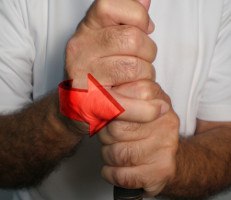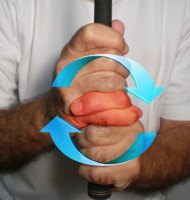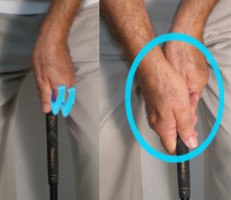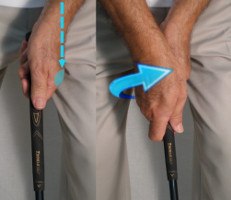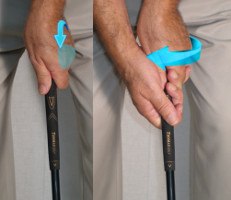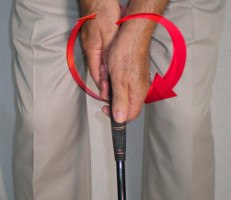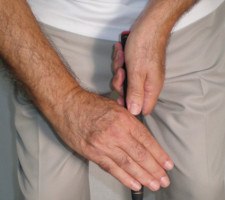Pros and Cons of Every Golf Grip Style |
Best Grip? Overlapping vs Interlocking |
Grip style: Interlocking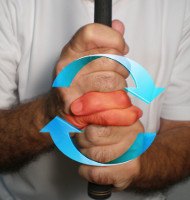 |
Hand position: Neutral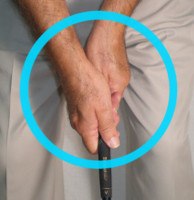 |
Putting grip style / hand position: Reverse overlap / neutral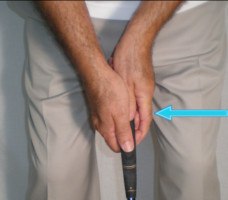
|

Branden Grace’s grip proves that a golfer can move forward by remaining in neutral.
The South African burst onto the international stage with four European Tour victories in 2012. He played well but went winless over the next two seasons, then won twice in his first five starts of 2015.
While he’s not the straightest driver out there, it’s hard to find many flaws in Grace’s game. His grip is certainly solid.
At address, Grace shows a near perfect left hand hold. His glove’s logo is angled just slightly right of the target line, his “V” aligned with the club’s handle. (The “V” is formed by thumb and forefinger.) His right wrist is mildly cupped, the “V” also lining up nicely with the shaft.
Here’s the true beauty of Grace’s grip: It proves that a strong grip isn’t necessary to hit the ball a long way. Just 5’10”, 170 pounds, Grace routinely ranks among Europe’s biggest drivers with an average poke of 300-plus yards.
Despite some pretty solid results on the greens, Branden Grace’s grip with the putter has changed. Having practiced the classic reverse overlap method early in his career, he switched to an unorthodox “pencil” style – a close cousin of the “claw” and similar to Sergio Garcia’s putting grip – in 2014.
Grace runs the forefinger of his left (top) hand down the handle, then lightly grasps the grip’s lower portion between right thumb and forefinger. It may look odd, but don’t knock it ’til you try it. Grace won the Alfred Dunhill Championship and the Qatar Masters after changing to the “pencil” grip.
